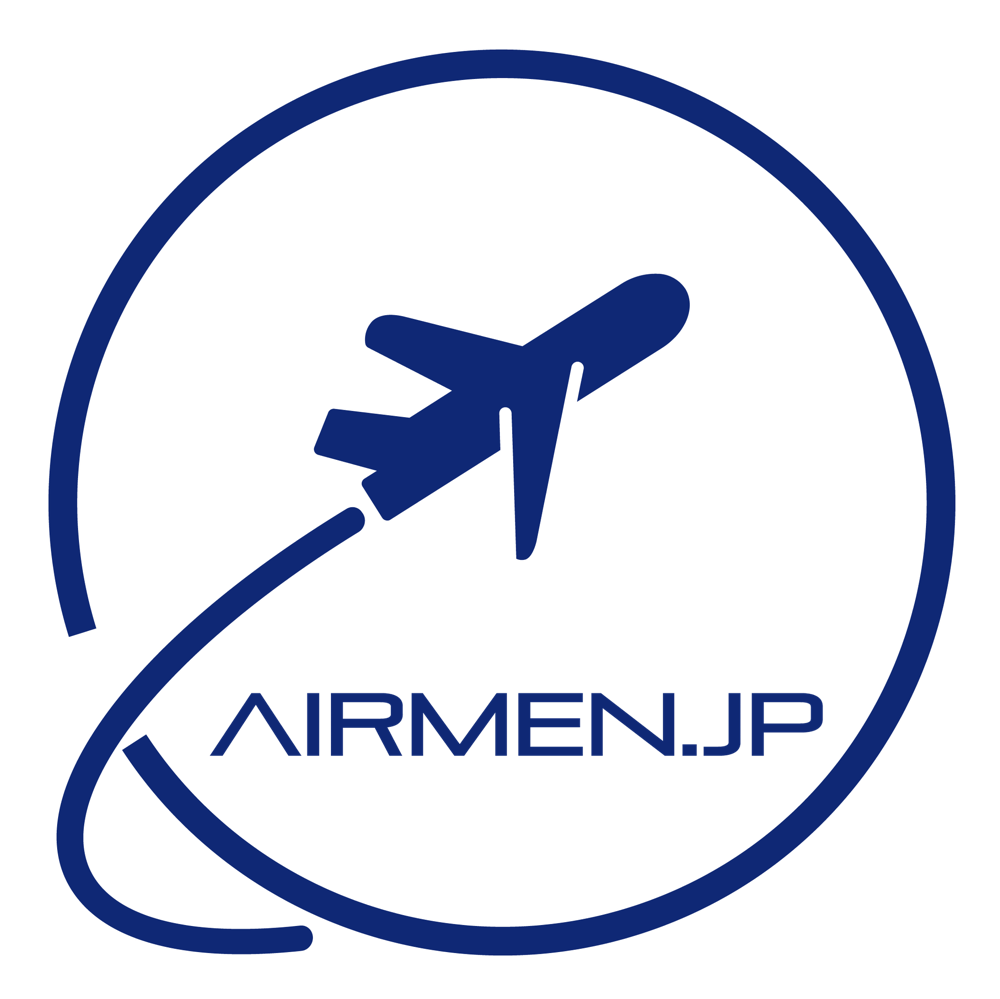Back to Course
Civil Aeronautics Law
0% Complete
0/0 Steps
-
最新の問題 (Updates)
2016 Civil Aeronautics Law8 テスト -
2017 Civil Aeronautics Law9 テスト
-
2018 Civil Aeronautics Law9 テスト
-
無料で開放 (OPEN for Free)2019 Civil Aeronautics Law9 テスト
-
2020 Civil Aeronautics Law6 テスト
-
2021 Civil Aeronautics Law6 テスト
-
2022 Civil Aeronautics Law9 テスト
-
2023 Civil Aeronautics Law8 テスト
制限時間: 0
テストのサマリー
0 of 20 質問 completed
質問:
インフォメーション
You have already completed the テスト before. Hence you can not start it again.
テスト is loading…
You must sign in or sign up to start the テスト.
まず、次の操作を完了する必要があります:
結果
テスト complete. Results are being recorded.
結果
0 of 20 質問 answered correctly
Your time:
終了時間となりました
You have reached 0 of 0 point(s), (0)
Earned Point(s): 0 of 0, (0)
0 Essay(s) Pending (Possible Point(s): 0)
| 平均得点 |
|
| あなたのスコア |
|
カテゴリー
- CAL 0%
- 1
- 2
- 3
- 4
- 5
- 6
- 7
- 8
- 9
- 10
- 11
- 12
- 13
- 14
- 15
- 16
- 17
- 18
- 19
- 20
-
質問 1 of 20
1. 質問
1 ポイント正解不正解 -
質問 2 of 20
2. 質問
1 ポイント正解不正解 -
質問 3 of 20
3. 質問
1 ポイント正解不正解 -
質問 4 of 20
4. 質問
1 ポイント正解不正解 -
質問 5 of 20
5. 質問
1 ポイント正解不正解 -
質問 6 of 20
6. 質問
1 ポイント正解不正解 -
質問 7 of 20
7. 質問
1 ポイント正解不正解 -
質問 8 of 20
8. 質問
1 ポイント正解不正解 -
質問 9 of 20
9. 質問
1 ポイント正解不正解 -
質問 10 of 20
10. 質問
1 ポイント正解不正解 -
質問 11 of 20
11. 質問
1 ポイント正解不正解 -
質問 12 of 20
12. 質問
1 ポイント正解不正解 -
質問 13 of 20
13. 質問
1 ポイント正解不正解 -
質問 14 of 20
14. 質問
1 ポイント正解不正解 -
質問 15 of 20
15. 質問
1 ポイント正解不正解 -
質問 16 of 20
16. 質問
1 ポイント正解不正解 -
質問 17 of 20
17. 質問
1 ポイント正解不正解 -
質問 18 of 20
18. 質問
1 ポイント正解不正解 -
質問 19 of 20
19. 質問
1 ポイント正解不正解 -
質問 20 of 20
20. 質問
1 ポイント正解不正解
